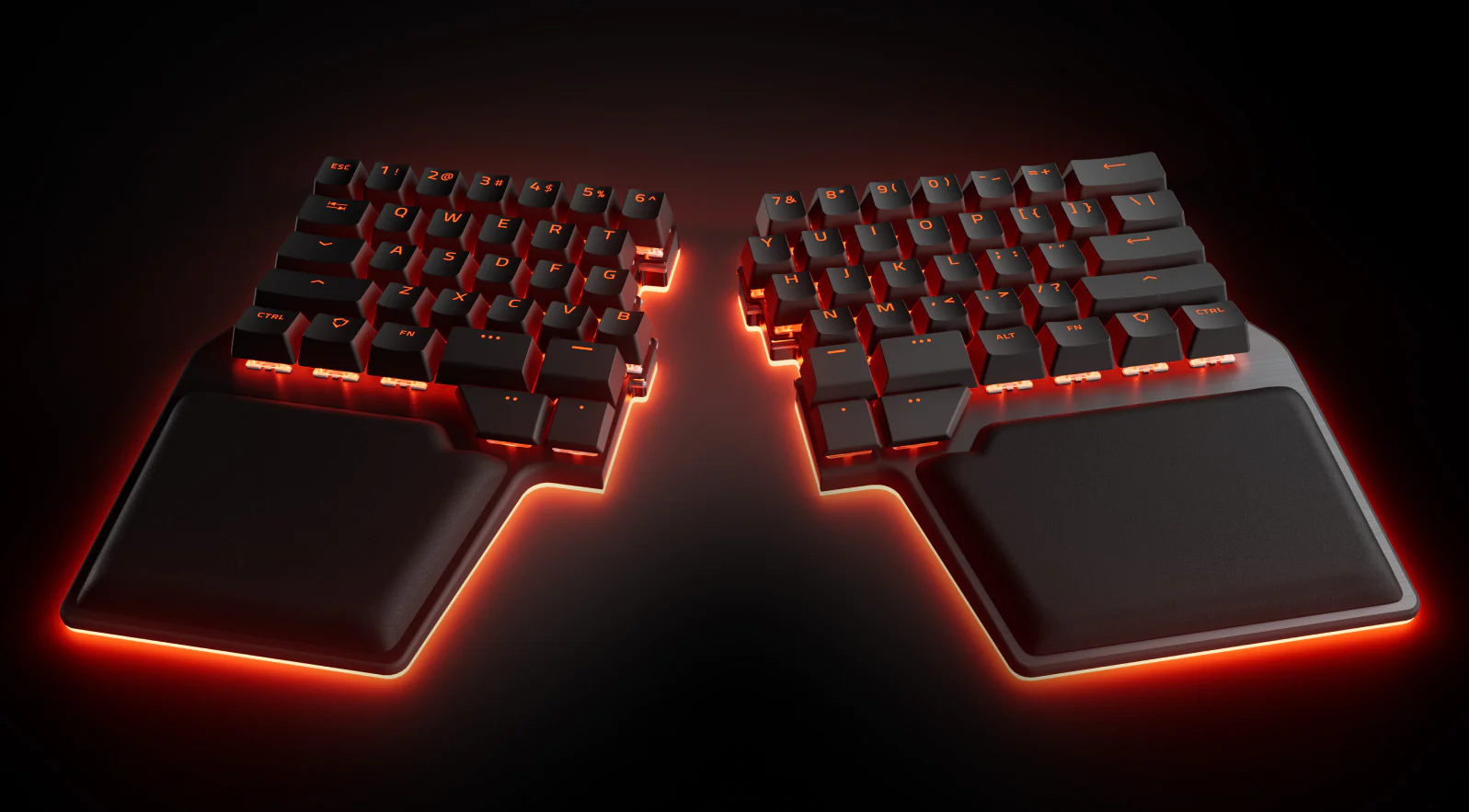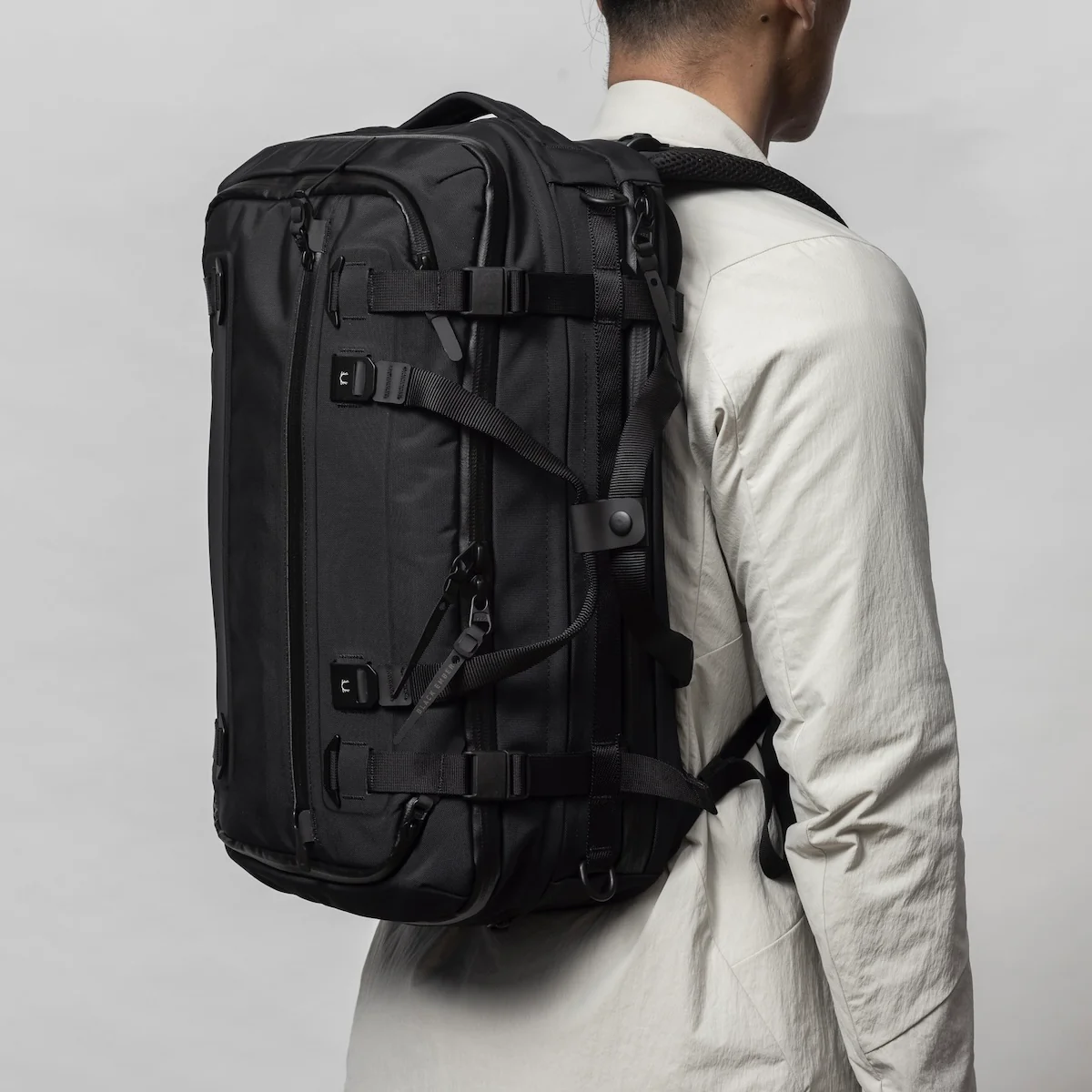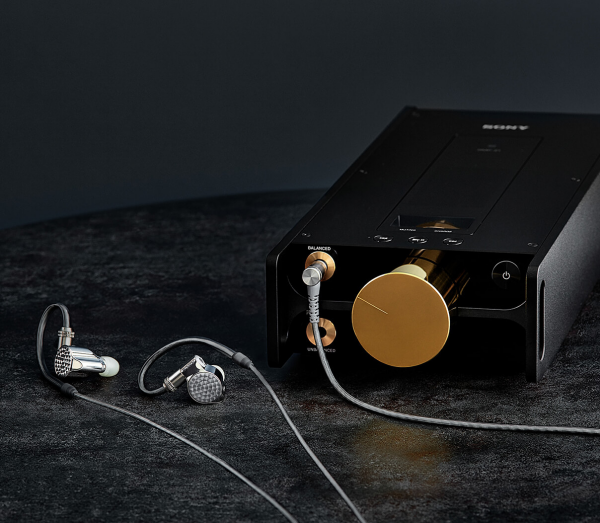Dygma Raise Review
I received my Dygma Raise back in February 2021 after backing it on Kickstarter, and it's been my daily driver ever since. Nearly five years later, it remains my go to keyboard despite some attempts at switching.
Usability & Features
Before settling on the Raise, I tested various split keyboards like the Moonlander, but nothing felt as approachable. The Raise's genius lies in its standard QWERTY layout. While ortholinear keyboards might promise efficiency gains, they're a nightmare when you work on the go as much as I do. Jumping between an ortholinear desk setup and a standard laptop keyboard constantly? Didn't work for me.
I tried switching to the Dygma Defy, but the missing modifier row was a dealbreaker in addition to the ortholinear layout. When you rely heavily on Ctrl, Alt, and Cmd shortcuts—both on laptop and desktop—having those modifiers in their expected positions is non-negotiable.
The split design works brilliantly. I use it in split mode 99% of the time, with an Apple trackpad sitting neatly between the two halves. For the rare occasions when I game, being able to combine the halves and move the trackpad aside for a proper mouse is handy. That said, at around 1kg, this keyboard stays on my desk—it's too bulky for travel.
The thumb cluster and eight programmable keys where the spacebar normally sits are what make this keyboard work. Bazecor, Dygma's configuration software, makes customization visual and intuitive. I combine it with Karabiner Elements to maintain consistent mappings across my laptop and desktop.
Aesthetic & Design
The Raise has a clean, professional look. The aluminum body gives it a solid feel, and the design works well whether you're in an office or at home. And it has highly configurable RGB led system allowing for some cool colorful looks should you want to go for that.
Durability & Care
After nearly five years of daily use, my Raise has held up well. The only minor issue is that the handrest adhesive has weakened slightly over time—but Dygma fixed this in the Raise 2 with magnetic attachment. The switches, aluminum body, and overall construction show no signs of wear.
It's worth noting that the original Raise didn't include tenting—you had to order a separate kit. Dygma addressed this and several other limitations in the Raise 2, which now comes with built-in tenting (0-60°), wireless connectivity, improved palm pads, and RGBW backlighting. They really listened to feedback and fixed everything that could have been better.
Final Thoughts
The Dygma Raise is a solid split keyboard that doesn't force you to abandon QWERTY or learn a completely new typing paradigm. It's approachable and makes you more productive immediately rather than after weeks of retraining.
The hefty price tag gets you thoughtful engineering, premium materials, and a keyboard that'll last years. The weight makes it stable, though not travel-friendly. The Bazecor software is genuinely good and lets you customize everything without editing config files.
If you're in the market now, the Raise 2 is available and addresses every minor complaint I had about the original—wireless connectivity, better palm pads, and built-in tenting. But even my original Raise, approaching its fifth birthday, remains a solid workhorse that I have zero intention of replacing.
For professionals who spend their days typing and need something that won't retrain them away from standard keyboard layouts, the Dygma Raise is worth considering.
Material: Anodized aluminum body, double-shot PBT keycaps
Weight: Approximately 1kg
Manufactured: Spain (by Dygma Lab S.L.)
Note: The original Dygma Raise reviewed here is no longer available. The improved Raise 2 is now the current model with wireless connectivity, built-in tenting, magnetic palm pads, and enhanced RGBW lighting.



